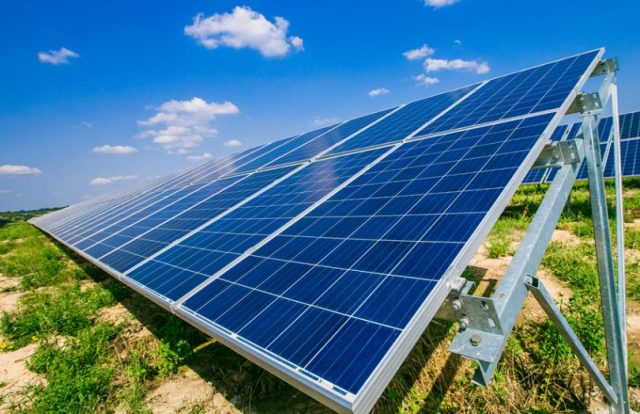Global investments in the energy transition reached a record USD 2.4 trillion in 2024, rising 20 percent above the average annual levels of 2022 and 2023. The latest report from the International Renewable Energy Agency (IRENA) and the Climate Policy Initiative (CPI) shows strong momentum but also reveals slowing growth in renewable energy investment and widening gaps between advanced and developing economies.
Below is a summary structured into two sections – ten key findings and ten implications for global policy and financing.
Top 10 Key Findings from the Global Landscape of Energy Transition Finance 2025
Record USD 2.4 trillion in energy transition investment in 2024, marking a significant 20 percent rise over recent years.
Renewable energy attracted USD 807 billion, representing one third of total investment.
Growth in renewable investments slowed, increasing only 7.3 percent in 2024 compared to 32 percent the year before.
Solar PV investment hit a historic USD 554 billion, increasing 49 percent and maintaining its position as the leading technology.
Power sector dominated the renewable landscape, receiving 96 percent of renewable energy investments.
Investment in renewable power, grids and storage overtook fossil fuels, although fossil fuel spending is again rising.
Ninety percent of global transition finance stayed within advanced economies and China, highlighting a persistent imbalance.
Developing economies face structural financing challenges, including limited fiscal capacity, high borrowing costs and debt stress.
Debt financing accounted for nearly half of total investment, with less than one percent coming through grants.
Manufacturing investment dropped 21 percent to USD 102 billion, though battery factory investment nearly doubled to USD 74 billion due to rising demand.
Top 10 Implications and Priorities for Policymakers and Industry
Current investment growth is insufficient to meet the global goal of tripling renewable capacity by 2030.
Stronger public finance mechanisms are needed to mobilise private capital, especially in lower income regions.
High reliance on commercial debt increases financial vulnerability, particularly for developing economies.
Targeted concessional finance and grant based support must increase to reduce capital costs and unlock larger project pipelines.
International cooperation is essential to close the investment gap across emerging and developing economies.
Manufacturing diversification beyond China is critical for global energy security and resilient supply chains.
South South collaboration can accelerate technology transfer, capacity building and local manufacturing growth.
Policies must focus on socially and environmentally responsible manufacturing, ensuring communities benefit directly.
Rising demand for energy storage strengthens the case for battery investment, supported by EV expansion and grid modernisation.
COP30 will serve as a crucial platform to advance the Baku to Belém roadmap and mobilise USD 1.3 trillion in annual clean energy finance.
Global energy transition finance continues to accelerate, but the slowdown in renewable investment growth and uneven distribution of capital signal critical gaps. Moving forward, enhanced cooperation, smarter use of public funds and a stronger push for equitable financing mechanisms will be essential to meet climate goals and ensure the benefits of clean energy are shared worldwide.
Baburajan Kizhakedath

